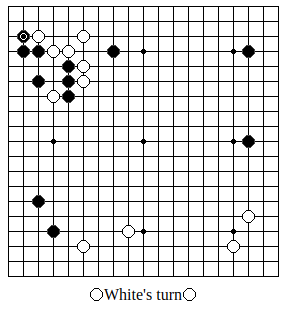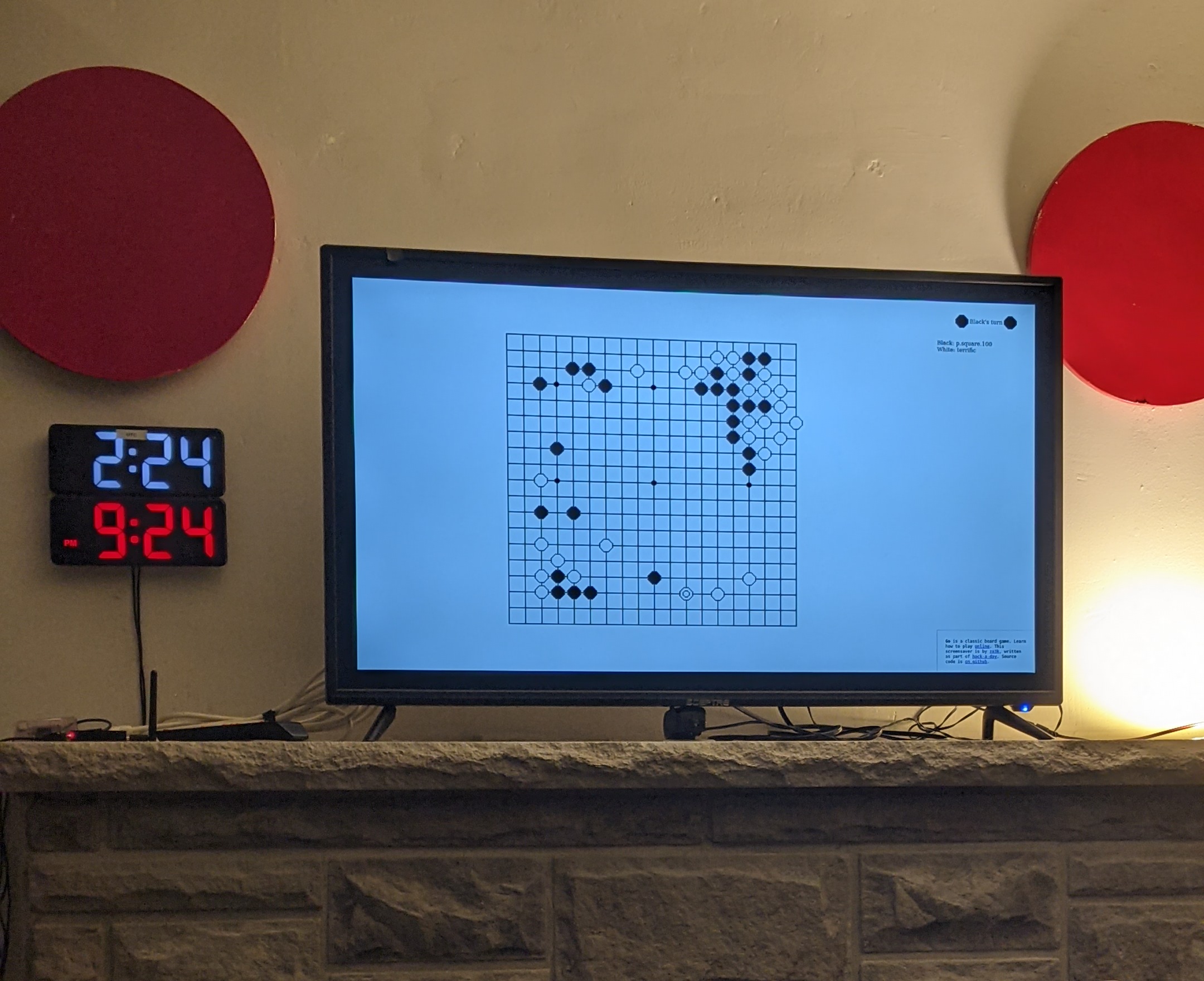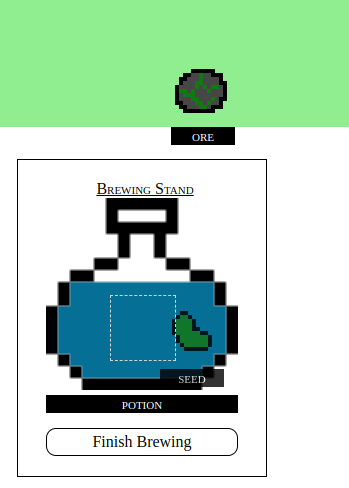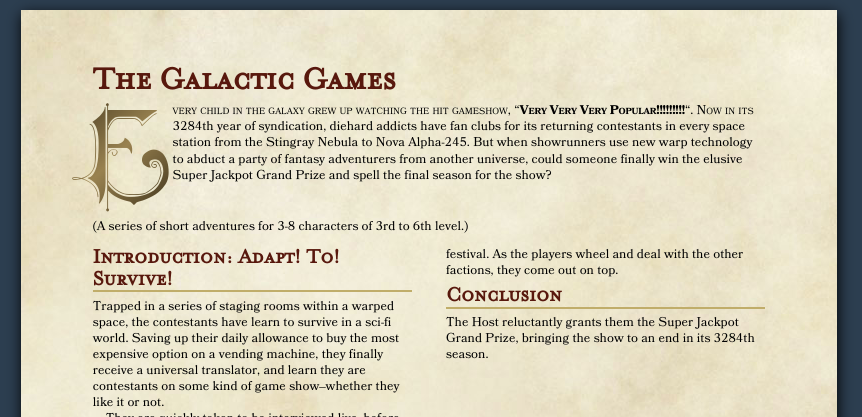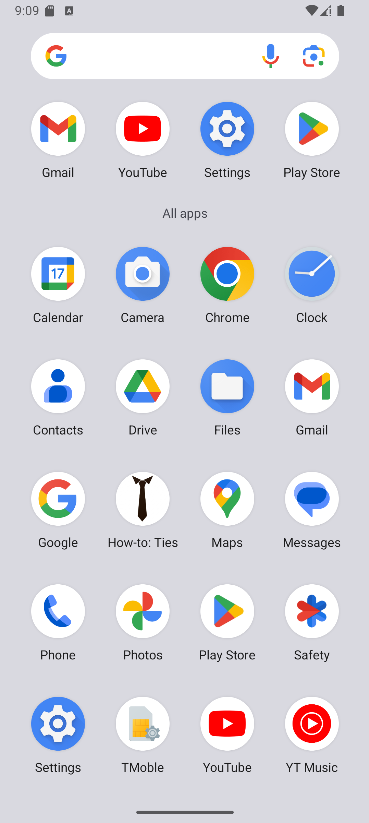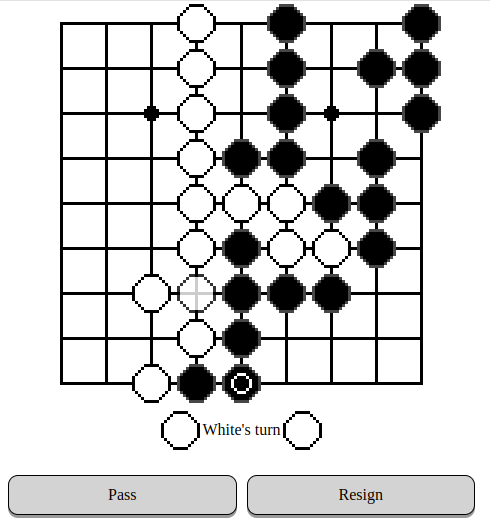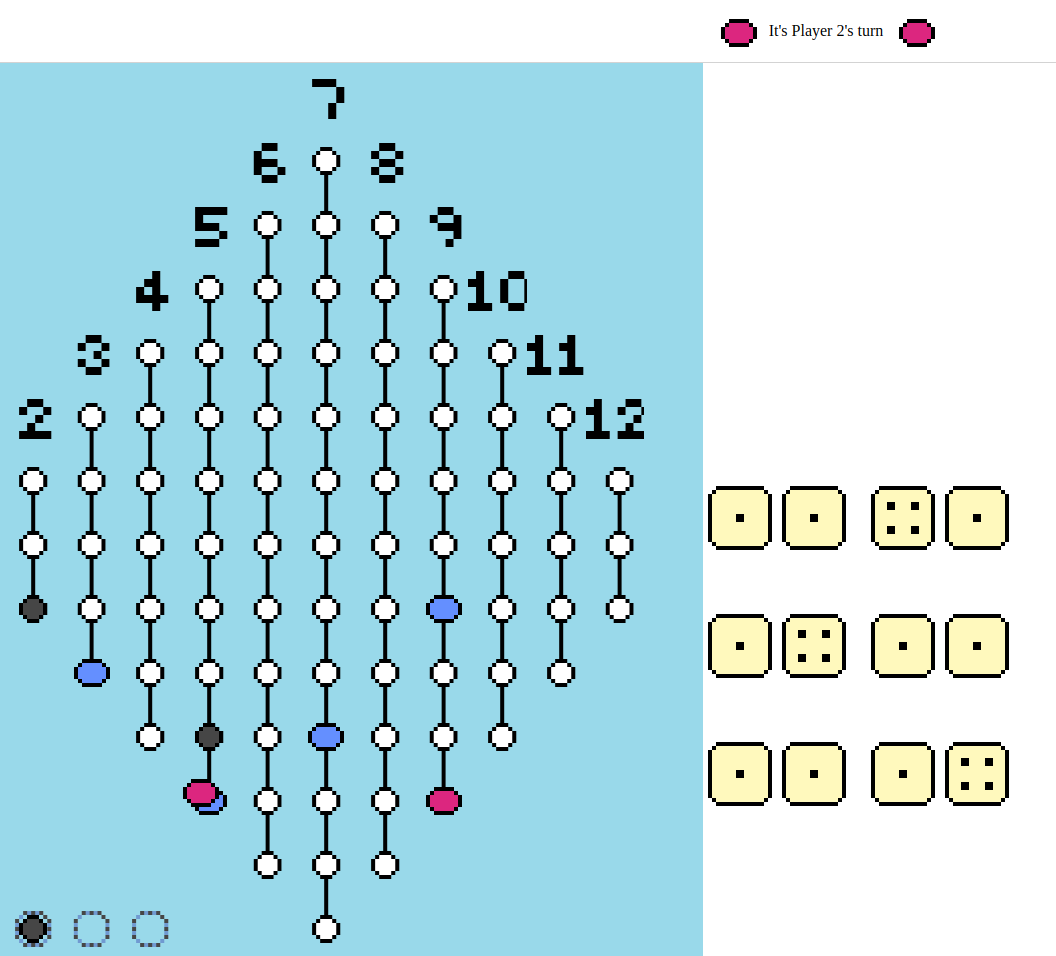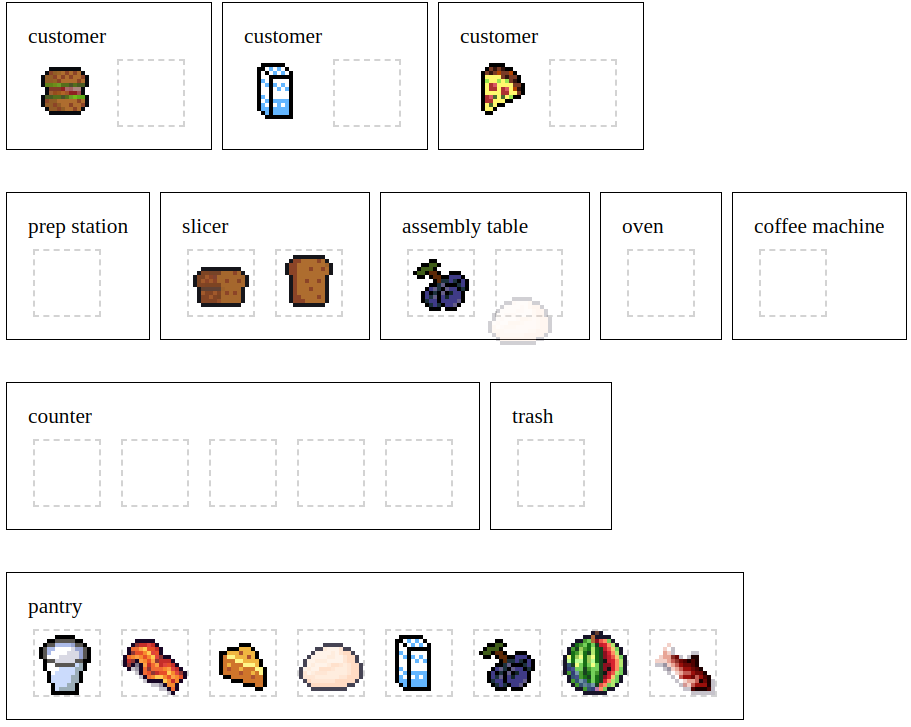I made a coding challenge, vaguely tied up as a game. Your goal is to complete simple coding challenges, with a major twist--you only get one try. You can only hit RUN once. (Well, actually you can hit RUN more than once. But it gets marked as failed.)
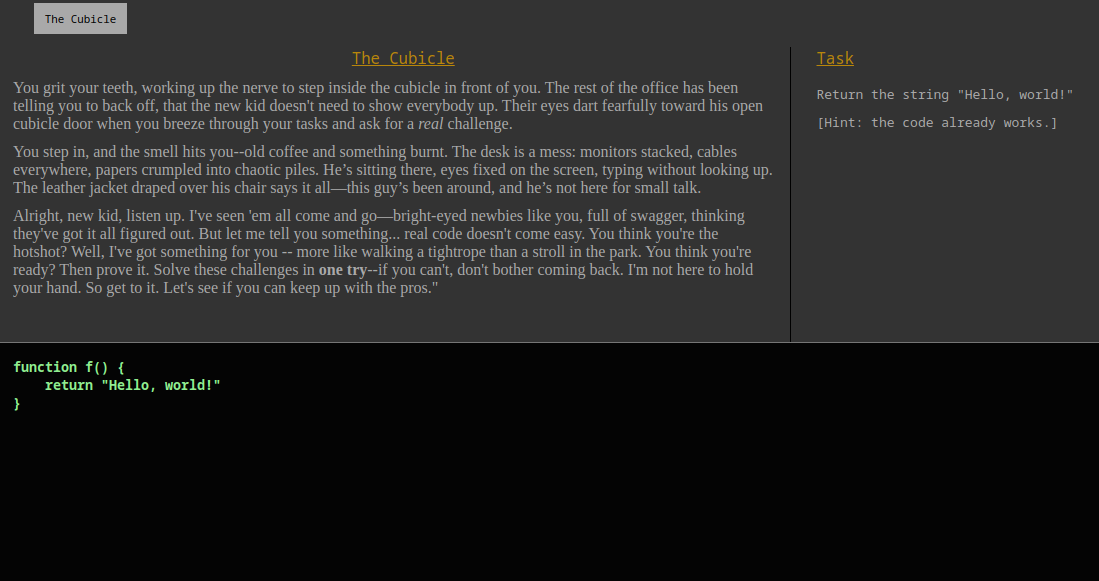
It put together about 10 challenges, together with some story narration.
The game problems are now tested.
You can play online. The code is on github

